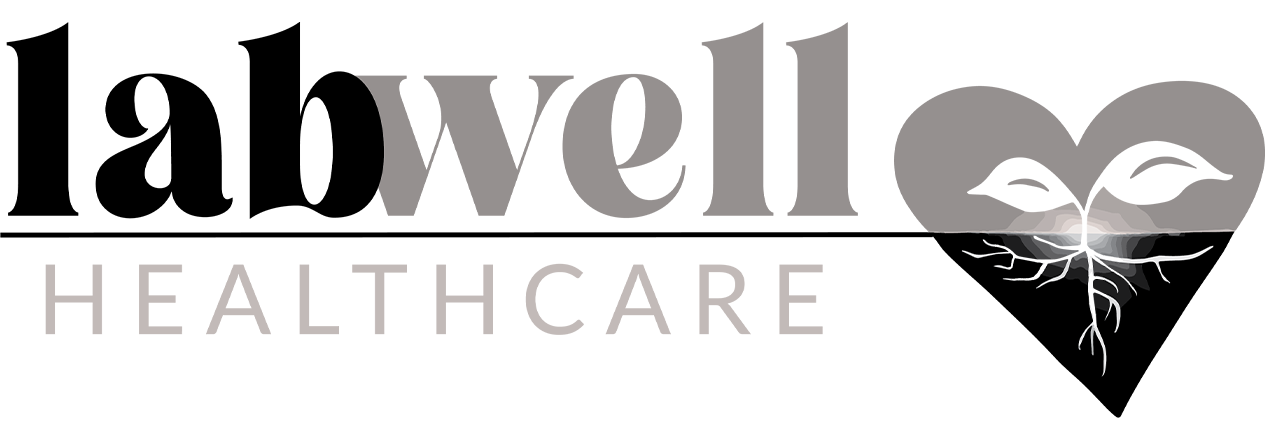No chemical compound in your body gets demonized as much as cholesterol. It always seems to be in the news, making the headlines of every medical journal, and being the topic of discussion at doctor visits. All of the fuss is for a good reason.
Defining and Understanding Cholesterol
Cholesterol is essential for all animal life. Did you know that hormones and Vitamin D are synthesized in the liver from cholesterol? Cholesterol circulates in the bloodstream but cannot travel by itself. As with oil and water, cholesterol (which is fatty) and blood (which is watery) do not mix. So cholesterol travels in packages called lipoproteins, which have fat (lipid) inside and protein outside. (1)
Most folks are aware that there are two types of cholesterol, one “good” and one “bad,” but often times still don’t have a really good handle on the difference between the two because they quite frankly were never given an adequate explanation from a healthcare provider.
High-density lipoprotein, or HDL, is called the “good” cholesterol because it takes cholesterol from tissues to the liver, which packages it for removal by the body. A low level of HDL cholesterol increases your risk for heart disease.
Low-density lipoprotein, or LDL, is called the “bad” cholesterol because it carries cholesterol to tissues, including the arteries. Most of the cholesterol in the blood is the LDL form. The higher the level of LDL cholesterol in the blood, the greater your risk for heart disease and/or a cardiovascular event (heart attack, stroke, etc).
High Cholesterol and its Relationship to Viruses
Aside from wanting to avoid a cardiovascular event, lowering cholesterol can also reduce your chance of developing respiratory viruses. A new study published in May 2020 suggests that the strikingly increased mortality in COVID-19 patients who are either old or also have high blood pressure, diabetes, or cardiovascular disease is due to high tissue cholesterol levels. (2) This is due, in part, to cholesterol being known as a “lipid raft.” Lipids are nothing more than insoluble fatty acids with cholesterol falling into that category. Lipid rafts are subdomains of the plasma membrane enriched in cholesterol and glycosphingolipids, which have been shown to play an essential role in viral entry into host cells. The abundant presence of cholesterol within lipid rafts is thought to play a significant role in promoting viral infectivity. (3) So, the more cholesterol you have, the more susceptible you are to viruses. This is such important information sicen we are in the middle of the largest global viral epidemic we have ever experienced: SARS-CoV-2, the virus that causes COVID-19.
Is a Low-fat Diet the Answer?
There have always been proponents for the low-fat diet. I have no problem with this if it means you are significantly reducing and/or eliminating certain foods which will raise your LDLs due to “trans-fat” content. For example, if your “Low-fat Diet” includes these foods then you are certainly on the right track:
- Processed Vegetable and Canola Oils
- Processed/Packaged Food Snacks
- Cookies and Pastries
- Factory-farmed Bacon and Conventional Processed Meat
- Conventional Milk and Factory-farmed Dairy Products
Too, often, we are fooled by the packaging which states “low-fat” or “fat-free” which are highly processed foods that are loaded with GMOs (genetically modified organisms) and sugar.
A diet high in sugar has also been shown to increase total cholesterol, triglycerides, and LDL, as well as the total cholesterol/HDL ratio. A diet high in added sugar has also been found to cause a 3-fold increased risk of death due to cardiovascular disease. In addition to lipid derangements, consuming a diet high in sugar for just a few weeks has been found to cause numerous changes seen in coronary heart disease and other vascular diseases. Studies have shown there are various metabolic risks for CHD with high sugar diets (e.g., impaired glucose tolerance, insulin resistance, elevated uric acid level, and altered platelet function). All of these abnormalities can be reversed when reverting to a diet low in sugar. (4)

My Final Thoughts on Lowering Cholesterol
We now know that a cholesterol-friendly diet includes plenty of “good-for-you” fats — and limits the unhealthy ones. (5) These good fats are mentioned in my previous article 5 Foods to Start Eating Now if You Have Metabolic Disease, where I highlight the importance of supplementing your diet with wild, cold-water caught fish, avocados, and nuts. These fats promote heart health because they lower LDL (bad-cholesterol) levels.
If you find yourself on wrong side of the HDL/LDL scale, there is hope. And there are ways to reverse your cholesterol levels through lifestyle changes, without the use of statins. These drugs’ side effects, including muscle pain and damage, liver damage, type 2 diabetes, and neurological effects such as memory loss, are not considered. Just like any pill prescribed for metabolic disease, it is merely a bandaid covering a deeper issue. If you want to correct the problem, you need to address lifestyle changes.
Lifestyle changes are the primary factor in determining your success. If you have weight to lose, find someone that can help keep you on track. Keep a food diary and find a walking buddy. If you are a smoker, quit. Limit your alcohol intake to ensure you aren’t consuming excess sugar. And if you need someone to hold you accountable, contact us here and one of our health coaches will gladly give you more information.


Recent Comments